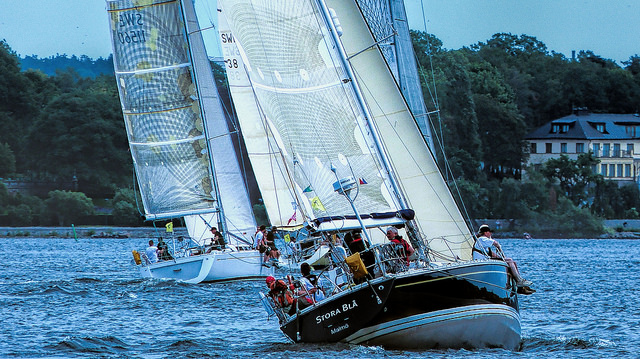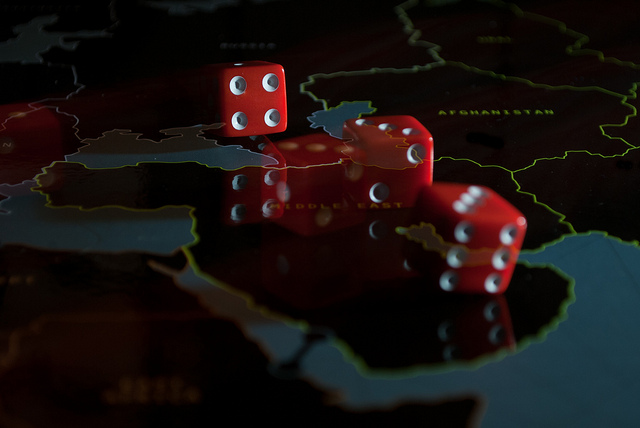There is a navigational term called "dead reckoning." It is taken from the period before radar and GPS. Back then, navigators used the sun and the stars to get from point A to point B, until point B got to within sight.
It worked as follows: Once you knew where you started, knew where you were going and knew your speed, you could use the sun and the stars to set your bearings and chart a course. There was always much uncertainty and large margins for error built into navigational estimates.
This is what board risk governance looks like today. Instrumentation is poor. Most available data is not current. It does not tell us where we are today. It is historic. It's a bit like buying last month's newspaper today. Interesting, useful, but not up to date.
In the board room solace, or concern, can be taken from management information. However very many non-executive directors are nervous. They know that they are getting old news. They know that they carry the same statutory obligations as their executive director colleagues but that the executive directors have the most up-to-date news.
The boardroom equivalent of the crow's nest includes strategic and integrated reports as well as risk reports on what today are highly networked organizations. Organizations are no longer vertically integrated. Organizations no longer have jurisdiction or control over all of the non-financial activities (i.e. the operations) that drive business results. To make matters worse, we live in a hyper-connected, multispeed, uncertain world where multiple things can have multiple impacts on reputation and business operations.
In the boardroom, there is an awful lot more uncertainty than certainty.
What Nassim Nicholas Taleb has told us is his seminal, spine-chilling Black Swan and Antifragility is that not only are we buying yesterday's news but that the news we are getting is hugely erroneous. He talks of the ludic fallacy, much of which is embedded in contemporary risk management practices.
What Taleb is also telling us is that discontinuity is the new norm. And that the organizations that will thrive in the future are the ones that will take their energy from that discontinuity.
But how is this to be done?
From 35,000 feet, it looks like integration of risk, strategy and decision-making processes.
At 500 feet, it looks like measurement of alignment (remember this is dead reckoning!) with both internal organizational and international proven and accepted guidelines linking risk, strategy and decision-making processes.
Can organizations move beyond dead reckoning and get better instrumentation? Absolutely! I will come back to this in a later post.
In the meantime, consider the prize:
Empirical evidence underpinning an assured calculation of:
- Sustainability of current performance,
- Enhancement of future performance,
- Soundness of transformational strategies,
- Management capability to defend reputation and operations under abnormal and adverse conditions,
This makes a difference when talking with credit raters, funders, investors, regulators and a whole swath of other stakeholders.
What's the barrier to entry for organizations?
Is it cost? Not really.
It is:
- Integration of board audit/risk/strategy committee(s)/terms of reference
- A track record in seeking and receiving external attestations
- Already understanding:
a. The value of linking corporate objectives, strategies, governance and risk management decision making processes,
b. Setting organizational agility as a strategic imperative,
c. The need to integrate governance, risk and compliance roles, processes and key performance indicators (KPIs)
The immediate gains? Access to, and lower cost of, capital than your less capable competitors
The immediate benefits?
- Increasing management's understanding of strengths and areas for improvement in integrating risk, strategy and decision-making processes across the organization
- Supporting implementation of the organization's strategy through improved alignment of objectives with mission, vision and values of the organization
- Achieving and maintaining abilities to make, and execute, decisions across the enterprise, and seamlessly shift direction (called organizational agility), when called to:
- Grasp opportunities,
- Increase performance,
- Avoid threats and risks.
In my next post, I will talk about how we can get from dead reckoning to up-to-date calculations of risk, strategy and decision-making process integration -- at the pace of change!








